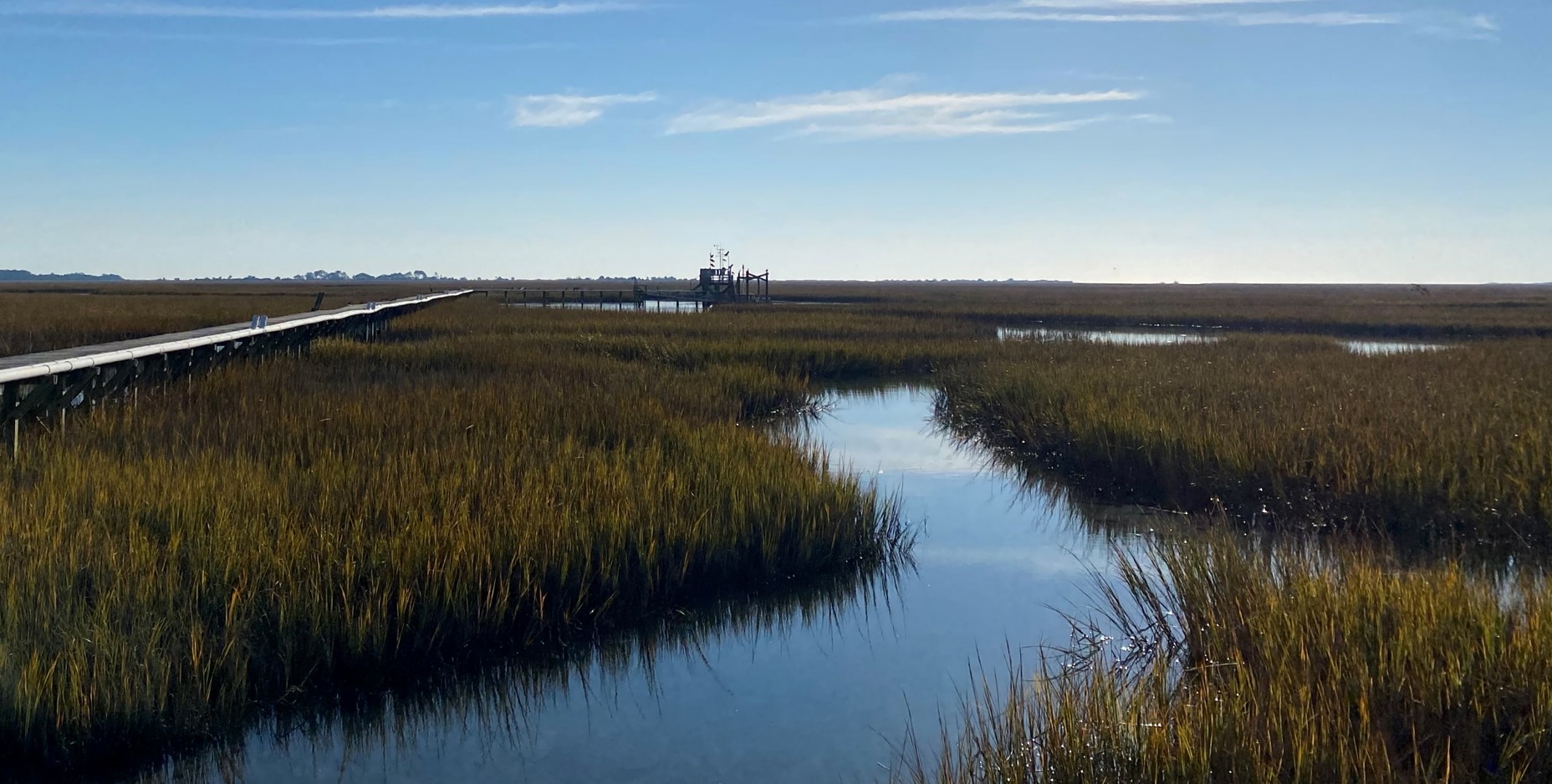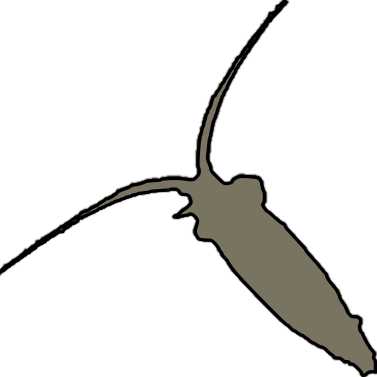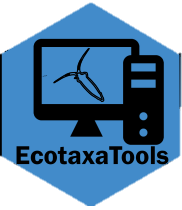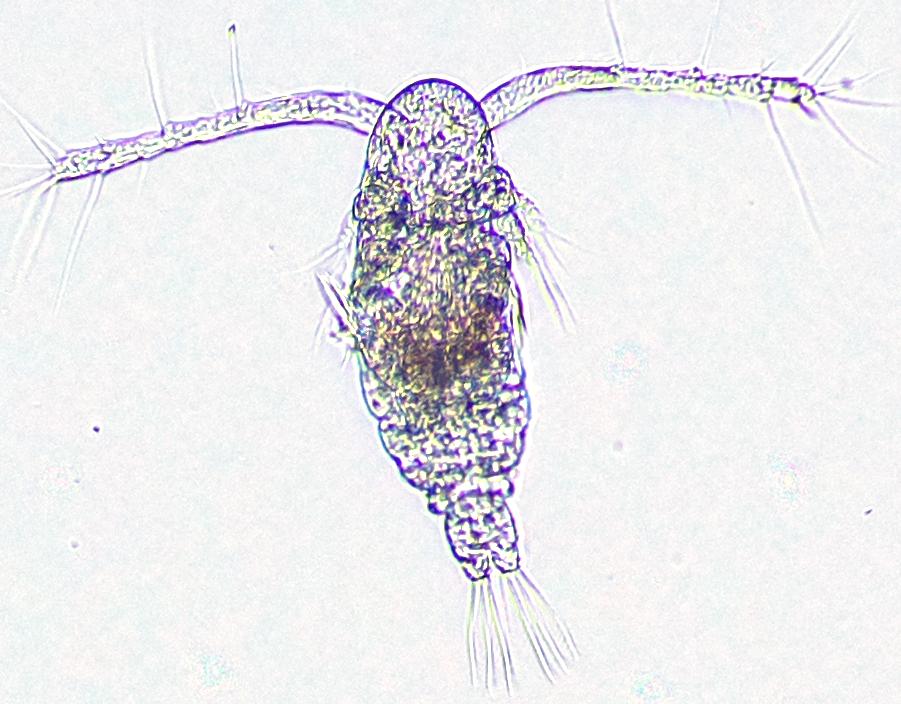
Estuarine communities and food-webs in a dynamic future.
Estuaries food-webs are upheld by production of pelagic plankton. Yet, plankton communities are subject to great variation of environmental conditions due to freshwater inputs. Variation occurs both over long-scale oscillations of dry/wet periods and over short-term, intense shifts due to events such as storms. I'm interested in how plankton communities and their predators (fish & oysters) may repspond to these increasingly chaotic swings of conditions.
See more


